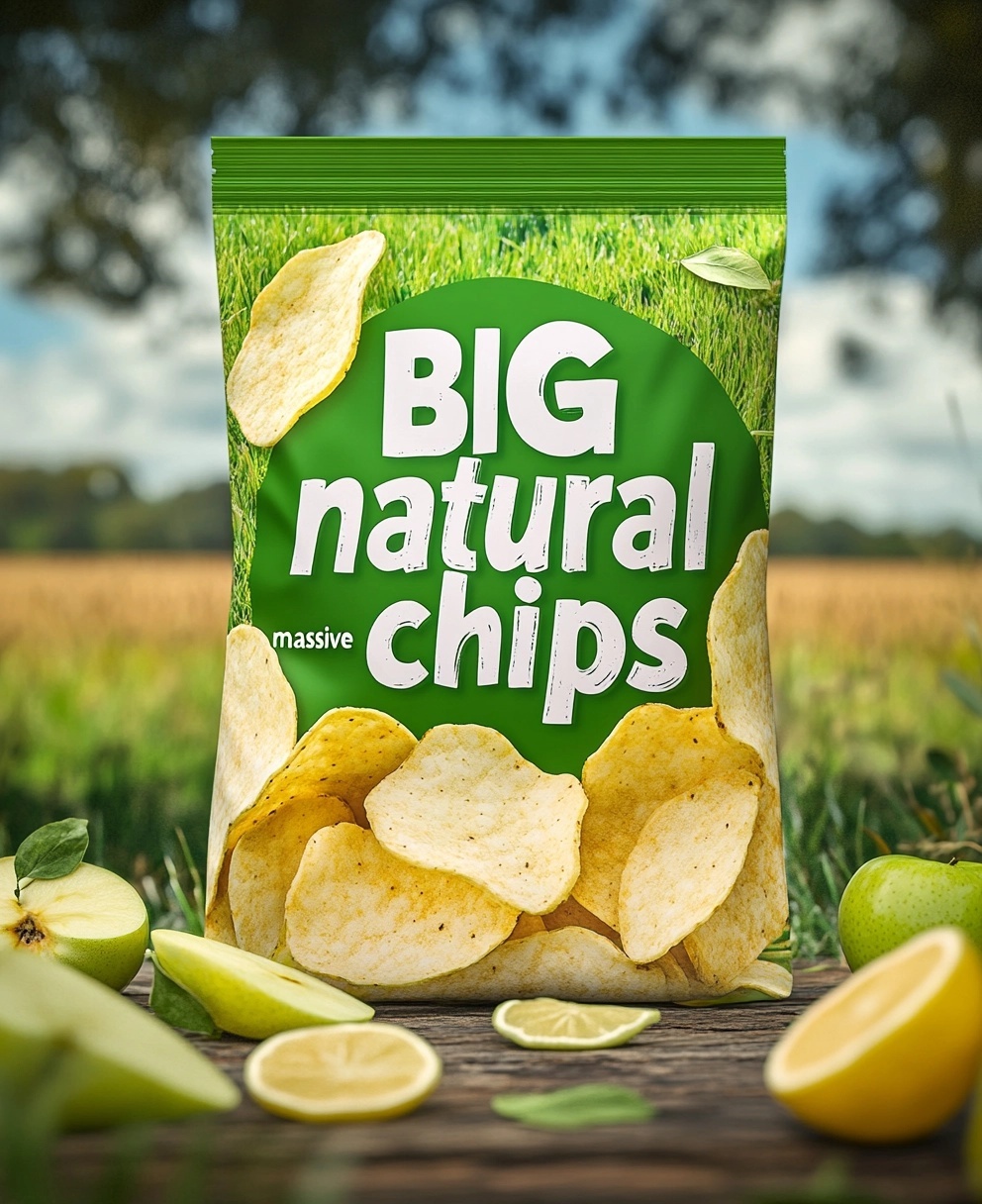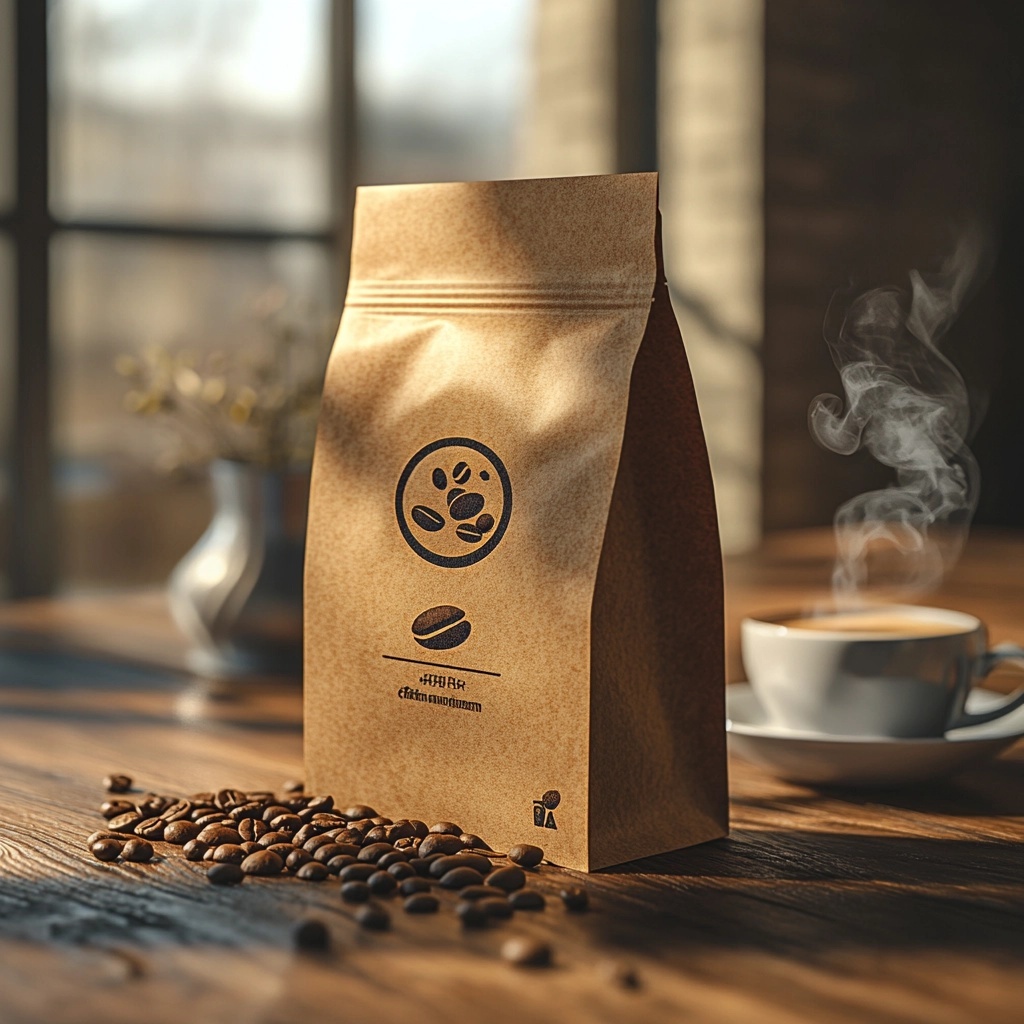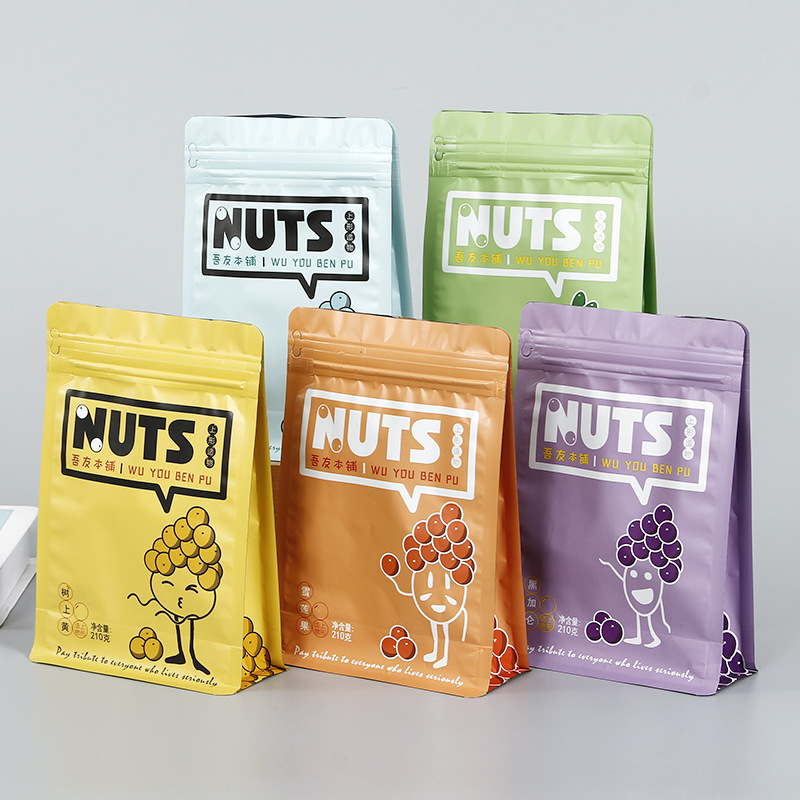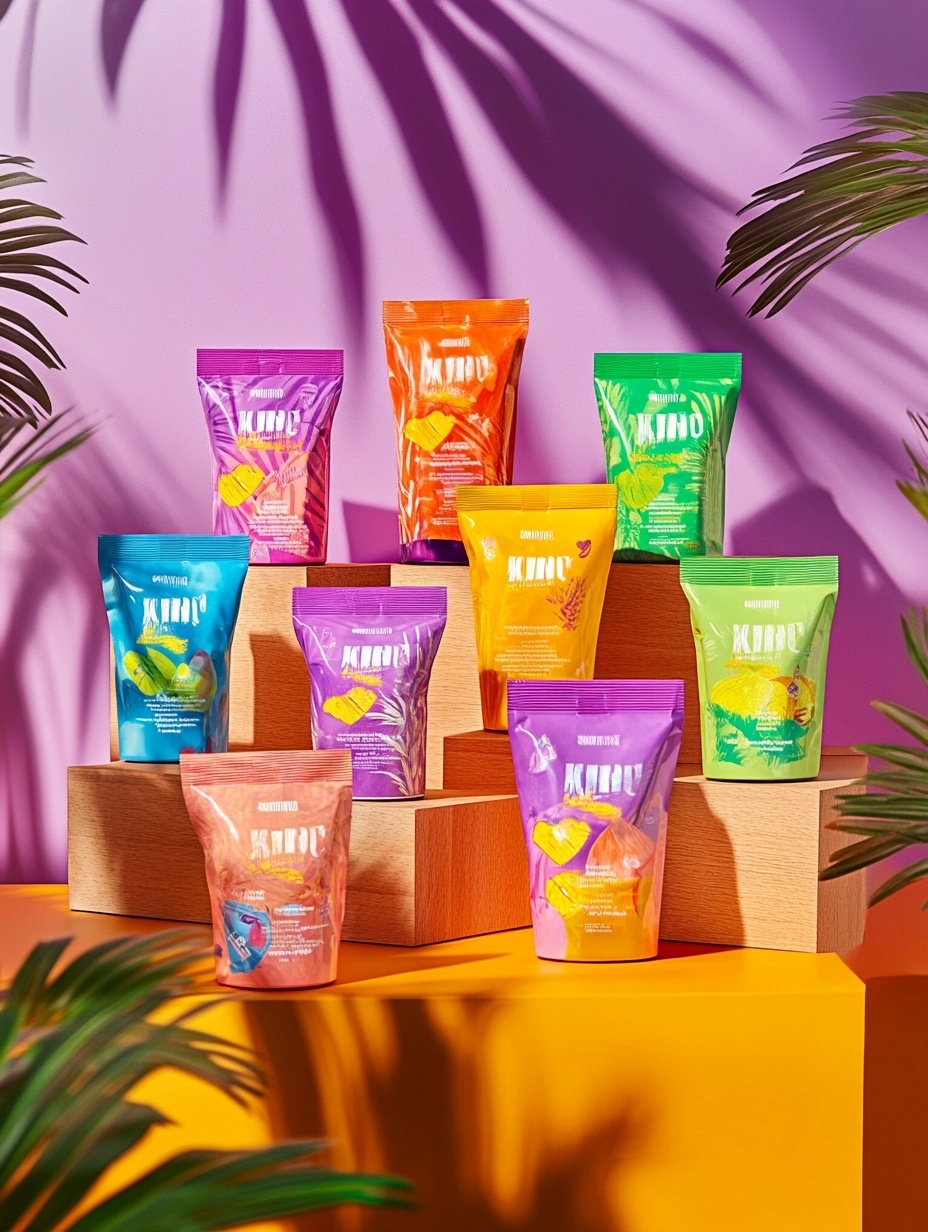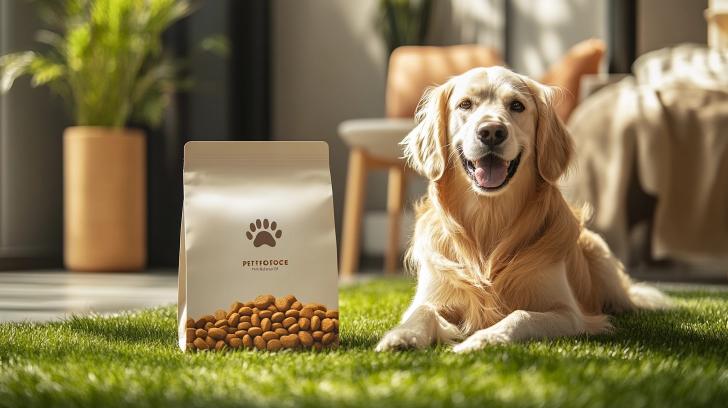Getting your product noticed on a busy shelf is hard. Many brands struggle to make their packaging stand out. They often wonder what truly makes a stand-up pouch grab a shopper’s eye.
The best stand-up pouches use specific design elements to boost shelf appeal. These include smart graphics, clear windows, special finishes, and strong structural features. These choices help products get seen, bought, and trusted by shoppers. They go beyond just holding the product.
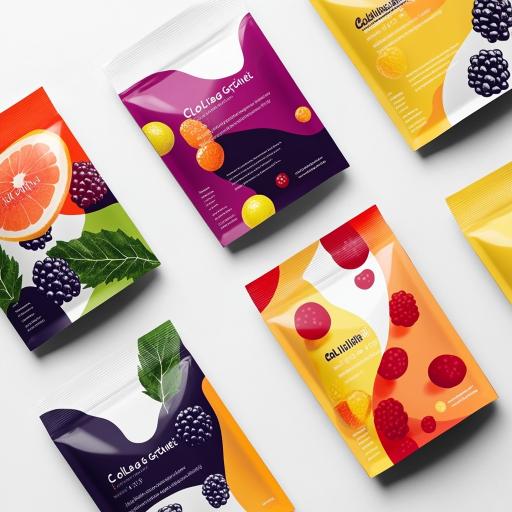
I often talk with brands, like Miriam’s team, who want their products to jump off the shelf. They understand that a great product needs great packaging to get into the customer’s hands. It is not just about looking good. It is about communicating value quickly. Let us look at what makes some pouches winners.
What Design Elements Catch Shoppers’ Eyes First?
In a busy store, shoppers make quick choices. The first things they see on a stand-up pouch are key. So, what design elements catch shoppers’ eyes first?
The initial visual impact of a stand-up pouch is very important. Bright colors, clear graphics, and unique fonts are often what first grab attention. Brands need to use these elements wisely. A bold color scheme can make a pouch pop against neutral backgrounds. Clear, simple text that is easy to read from a distance helps too. My clients often ask about using a strong brand logo. This is vital. It creates instant recognition. Also, images that show the product inside, or suggest its benefit, can be very appealing. This instant connection makes people stop and look closer.
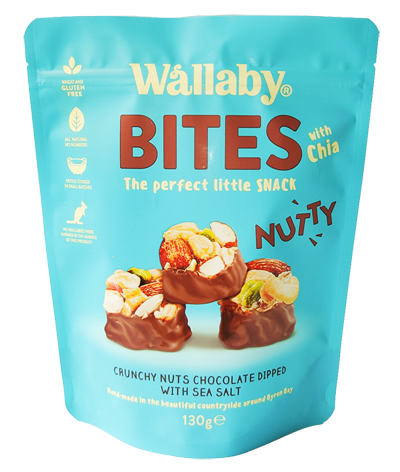
When we talk about catching eyes, it is about visual hierarchy. What do you want the shopper to see first? Is it your brand name, the product type, or a key benefit? Designers use size, color contrast, and placement to guide the eye. For example, a large, vibrant product image can be more impactful than a small one. Using negative space effectively can also make certain elements stand out more. It gives the eye a place to rest, drawing attention to the key message.
Color psychology also plays a big role. Different colors trigger different feelings. Red can create excitement, while green suggests natural or healthy. Brands choose colors that match their product’s message and target audience. For instance, a coffee brand might use earthy tones, while a snack brand might use bright, playful colors. Consistency in color across a product line also helps customers find items easily. This is why brand guidelines are so important. They ensure every pouch works together to build a strong brand presence.
What design elements work best?
| Design Element | Why It Works |
|---|---|
| Bold Colors | Stands out from competitors, creates emotional connection |
| Clear Graphics | Communicates product type quickly, visually appealing |
| Unique Fonts | Adds character, enhances brand personality |
| Strong Logo | Instant brand recognition, builds trust |
| Product Imagery | Shows what is inside, makes product more appealing |
These elements work together to create a powerful first impression. They do not just decorate the pouch. They help sell the product.
How Does Window Placement Impact Purchase Decisions?
A window on a stand-up pouch lets shoppers see the product. But where this window is placed matters a lot. How does window placement impact purchase decisions?
A clear window on a stand-up pouch builds trust. It lets the customer see what they are buying. But its position can make a big difference. Placing the window strategically, showing the best part of the product, can strongly influence a purchase. For example, if you sell colorful candies, a large, central window will showcase them well. If you sell premium nuts, a smaller, well-placed window might hint at exclusivity. The window should always present the product in its best light. It reassures the buyer about quality and freshness.

The psychology behind window placement is simple: transparency equals trust. When a customer can see the product, they feel more confident in their purchase. This is especially true for food products. A well-placed window removes doubt. It answers the unasked question, "What does it actually look like?" The size and shape of the window also matter. A window that is too small might not give enough information. One that is too large might take away from the overall design or make the product seem less premium.
Brands also use windows to highlight key features of the product. For instance, a granola brand might show clusters through a window, while a dried fruit company might display the plumpness of their fruit. It is about creating an enticing visual. The window is not just a hole in the bag. It is a strategic marketing tool. It connects the visual appeal of the packaging with the tangible reality of the product inside. This makes the purchase decision easier and more satisfying for the consumer.
What is the effect of window placement?
| Window Placement | Impact on Purchase Decision |
|---|---|
| Central/Large | High visibility, builds strong trust for visual products |
| Side/Smaller | Suggests premium quality, subtle reveal for select items |
| Shaped Window | Adds uniqueness, highlights brand identity |
| No Window | Relies on strong branding and graphics, for specific products |
Choosing the right window placement means thinking about the product inside and the message you want to send. It is a careful balance.
Why Do Some Finishes Outperform Others in Sales?
Beyond the look, how a pouch feels can influence a buyer. Special finishes add to this feeling. So, why do some finishes outperform others in sales?
The tactile experience of a pouch is important. People touch products before they buy them. Matte, glossy, and soft-touch finishes each create a different feeling. A matte finish often suggests a natural or premium product. It has a non-reflective look. A glossy finish makes colors pop and gives a vibrant feel. It can imply freshness or energy. A soft-touch finish feels luxurious and smooth. It can signal high quality or indulgence. The right finish can make a product feel more valuable. It helps build a connection with the buyer before they even open the package.
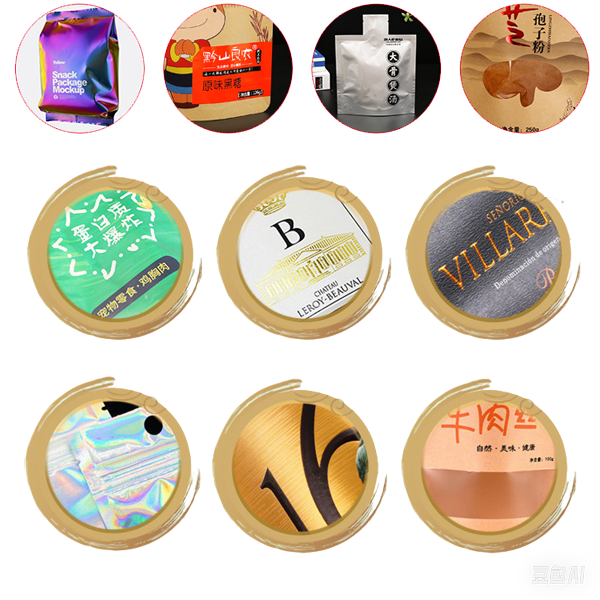
These finishes are not just about aesthetics. They affect how consumers perceive the product’s quality and value. For example, a premium coffee brand might choose a matte finish because it aligns with a sophisticated, artisanal image. On the other hand, a colorful candy brand might opt for a glossy finish to enhance the vibrancy of its product and convey fun. The soft-touch finish is increasingly popular for high-end snacks or pet food, as it creates a sense of luxury and care.
Furthermore, some finishes can offer practical benefits. A matte finish can reduce glare on the shelf, making it easier to read product information. Glossy finishes can make colors appear more vivid and are sometimes more resistant to smudges. The choice of finish also needs to consider the target audience and their expectations. What feels premium to one group might feel bland to another. Therefore, testing different finishes with potential customers can provide valuable insights before a large production run. It ensures the chosen finish truly resonates and boosts sales.
What finishes affect sales?
| Finish Type | Perceived Impact | Ideal Product Types |
|---|---|---|
| Matte | Premium, natural, sophisticated | Coffee, health foods, organic snacks |
| Glossy | Vibrant, fresh, energetic, high-impact | Candies, children’s snacks, convenience foods |
| Soft-Touch | Luxurious, high-quality, indulgent | Gourmet snacks, pet food, premium goods |
| Metallic | Modern, eye-catching, festive | Seasonal items, special editions |
The finish of a pouch is a silent salesperson. It communicates value and brand identity through touch.
Which Structural Features Drive Consumer Trust?
Beyond how a pouch looks and feels, its basic structure matters. How strong it is and how easy it is to use builds trust. Which structural features drive consumer trust?
The way a stand-up pouch is built deeply affects consumer trust. A strong, well-sealed pouch signals quality. Features like strong zippers, easy-to-open tear notches, and durable materials are crucial. Customers trust packaging that protects the product well. They also value packaging that is simple to use and reseal. A sturdy base that prevents tipping also adds to a feeling of reliability. When a pouch performs well, it reinforces the brand’s commitment to quality. This trust leads to repeat purchases.
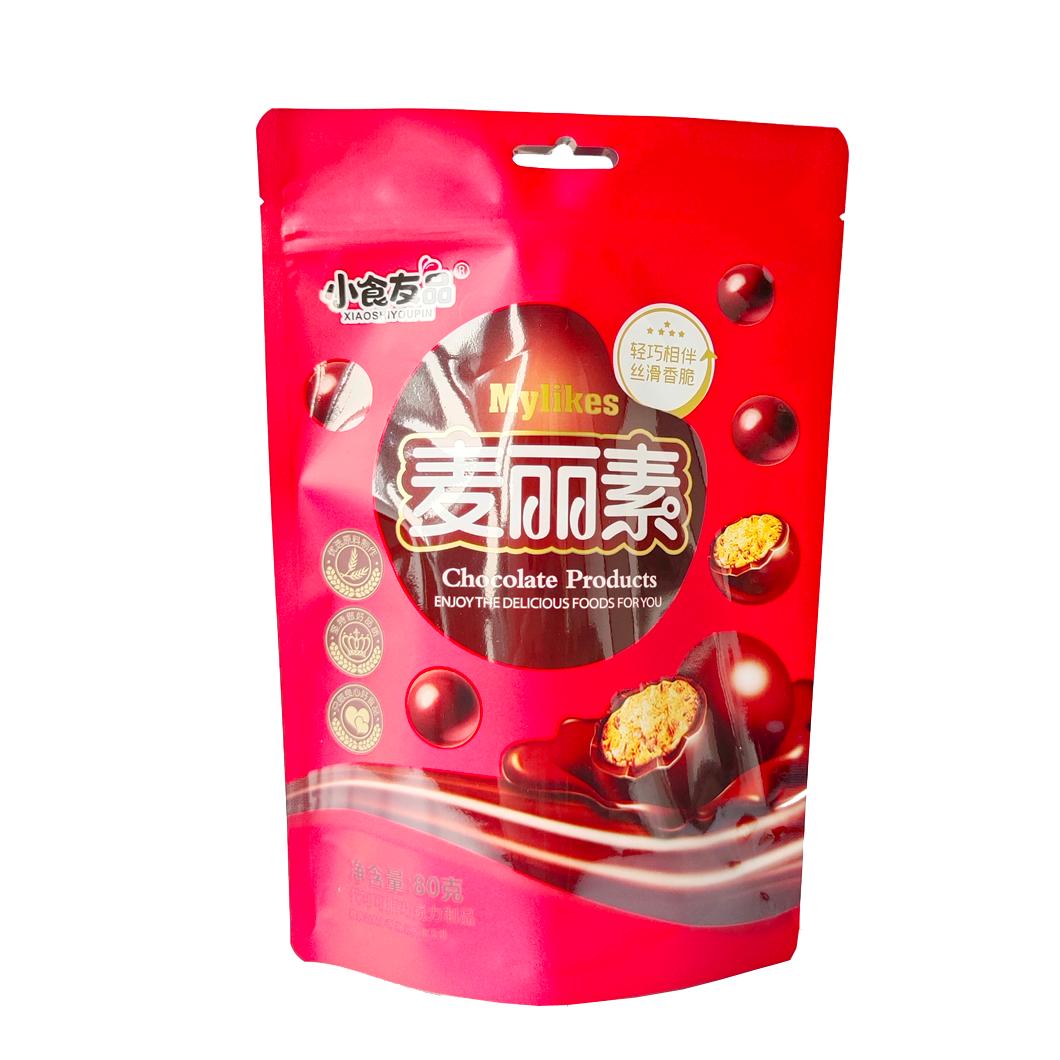
When I consult with food manufacturers, especially those with products like coffee or pet food, the structural integrity of the pouch is always a top concern. They need packaging that can withstand shipping and handling without compromising the product inside. A reliable zipper, for instance, ensures freshness and prevents spills after opening, which is a major convenience for the consumer. If a pouch is hard to open or does not reseal properly, it creates frustration, and that can damage brand perception.
Furthermore, the materials used in the pouch’s construction are directly linked to perceived quality and safety. Food-grade materials meeting EU/FDA standards are non-negotiable. Using high-barrier films, for example, tells the consumer that the product inside will stay fresh longer. This also speaks to the brand’s commitment to product quality. These practical structural features are not glamorous, but they are foundational to building and maintaining consumer trust. They are the silent heroes of effective packaging.
What structural features build trust?
| Structural Feature | Benefit to Consumer Trust |
|---|---|
| Strong Zippers | Ensures freshness, easy resealing |
| Tear Notches | Simple opening, reduces frustration |
| Durable Materials | Protects product, suggests quality |
| Sturdy Base | Stable on shelf, prevents spills |
| Barrier Properties | Maintains freshness, extends shelf life |
These features are about function and reliability. They show that the brand cares about the product and the customer’s experience.
Conclusion
Stand-up pouch features like smart design, clear windows, special finishes, and strong structures are key. They help products stand out, build trust, and boost sales.
Guoshengli Packaging is a leading manufacturer of high-quality customizable flexible packaging. We offer a wide range of stand-up pouches, flat bottom pouches, and rollstock films, all designed with these key features in mind. Our 25 years of experience ensures your packaging will meet FDA/EU standards, be 100% recyclable if needed, and truly enhance your product’s shelf appeal, perfect for North American and European brands.

